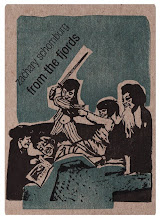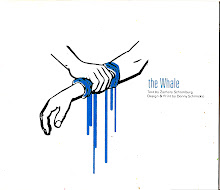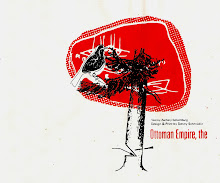

Here is your assignment. Read Teresa de Lauretis' "Re-Thinking Women's Cinema: Aesthetics and Feminist Theory," watch Todd Solondz Palindromes (2004) +and Lizzie Borden's Born in Flames (1981), and address the following questions: How does Born in Flames "inscribe the differences among women as differences within women"? What is the difference between the collective singular protagonist of Palindromes, and the collective protagonist of Born in Flames? What might Mark Wiener's speech near the end of Palindromes say about Difference? Feminism? Fate? What might it say about Woman's (capital "W") plight? How is Palindrome's bildungsroman shattered? How is it consistent? What might this say about womanhood? What narrative parallels/opposites/palindromes exist in Palindromes? Consider the concepts of Choice, Life/Re-birth/Killing. How are both of these films a product of their historical moments? How do each of these films implicate their audiences? Who is their audience? Why does that matter? (There is much attention paid to this concept in the latter half of the assigned essay--be sure to use this text in answering this question). How does each film's cinematic structures affect its feminist implications? Tones? What exact images did you find particularly disturbing, meaningful, refreshing, unusual? What might this imply?













No comments:
Post a Comment